3D foot shape inspection instrument - application of foot 3D scanner
I. Technical principle and data acquisition
Using structured light, laser or stereo vision technology, non-contact and fast capture of foot 3D shape, generating more than 30 data such as foot length, foot width, arch curvature with millimeter-level accuracy.
II. Core application scenarios
1. Medical diagnosis and correction
Flat foot/high arch foot screening: quantitatively judge the degree of foot deformity by arch height and contact area, and assist in formulating correction plans (such as customized insoles or orthopedic braces).
Gait abnormality analysis: dynamic scanning to identify gait problems such as inversion and eversion, and reduce the risk of sports injuries.
Postoperative rehabilitation monitoring: regular retesting to track foot shape changes and evaluate the correction effect.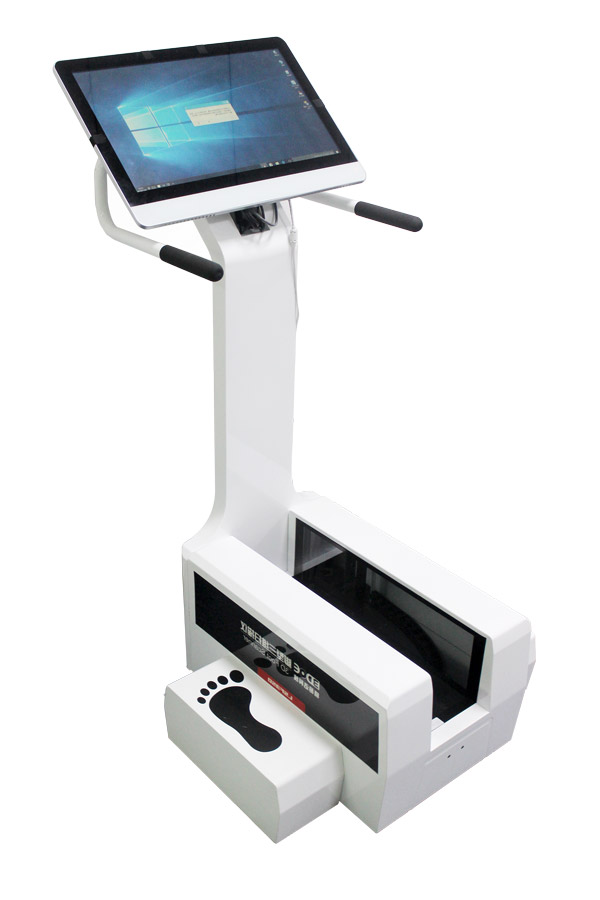
2. Commercial and personalized services
Footwear customization: produce sports shoes and corrective shoes that fit the foot based on foot shape data to improve comfort and support.
3D printed insoles: Combine the arch shape and pressure distribution to design personalized support structures to relieve plantar fasciitis, knee pain and other problems.
3. Health management and child screening
Child foot development monitoring: Regular screening for children aged 6-13, early detection of abnormalities such as flat feet, and intervention through corrective insoles.
Adult foot health records: Establish long-term data tracking and warn of foot disease risks (such as diabetic foot).
III. Summary of technical advantages
Accuracy: Error 0.5mm, far exceeding the traditional footprint method
Efficiency: A single scan takes 5-15 seconds, and a visual report is generated quickly
Applicability: Non-invasive design, suitable for children, the elderly and postoperative patients
Data linkage: Support linkage with 3D printing, smart insoles and other equipment to achieve full life cycle management
IV. Typical application process examples
Data collection: The patient stands on the scanner and completes the three-dimensional modeling and data collection of the foot within 5-20 seconds.
Analysis report: Generate a digital report containing foot type classification, health risks and correction suggestions (such as recommended shoes or insoles).
Intervention implementation: Customized 3D printed insoles or orthopedic shoes, and retest to verify the improvement of pressure distribution.

 +86-0755-86131192
+86-0755-86131192 2025-04-07
2025-04-07 Back to list
Back to list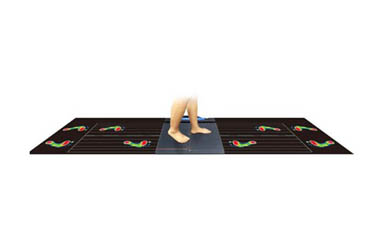
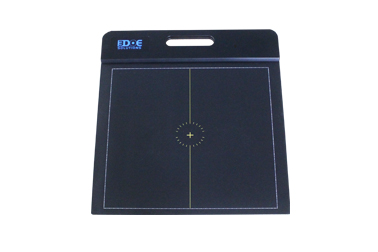
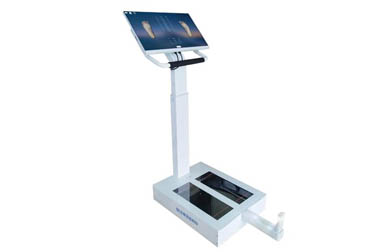
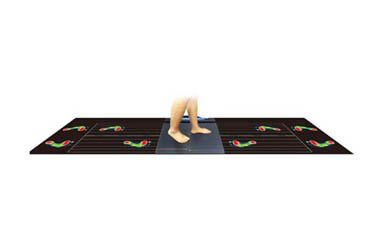
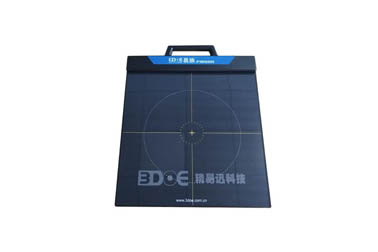
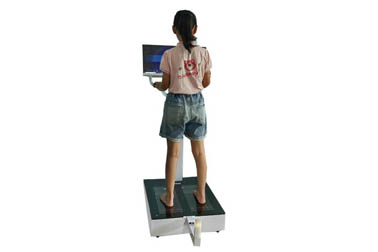



 +86-0755-86131192
+86-0755-86131192